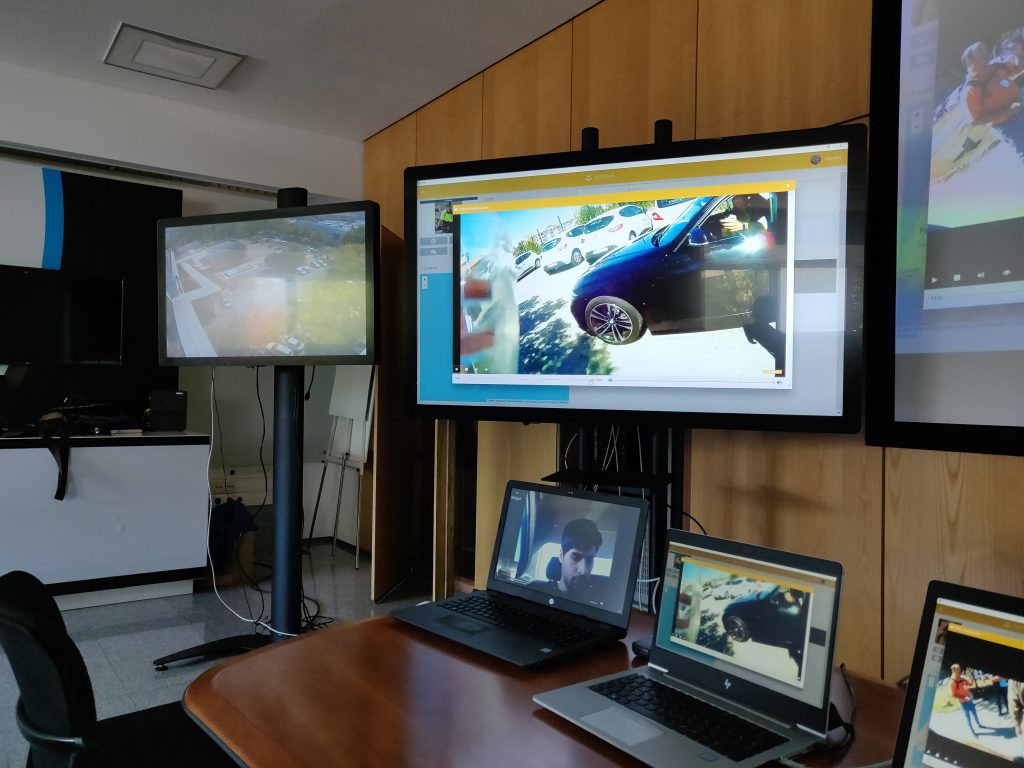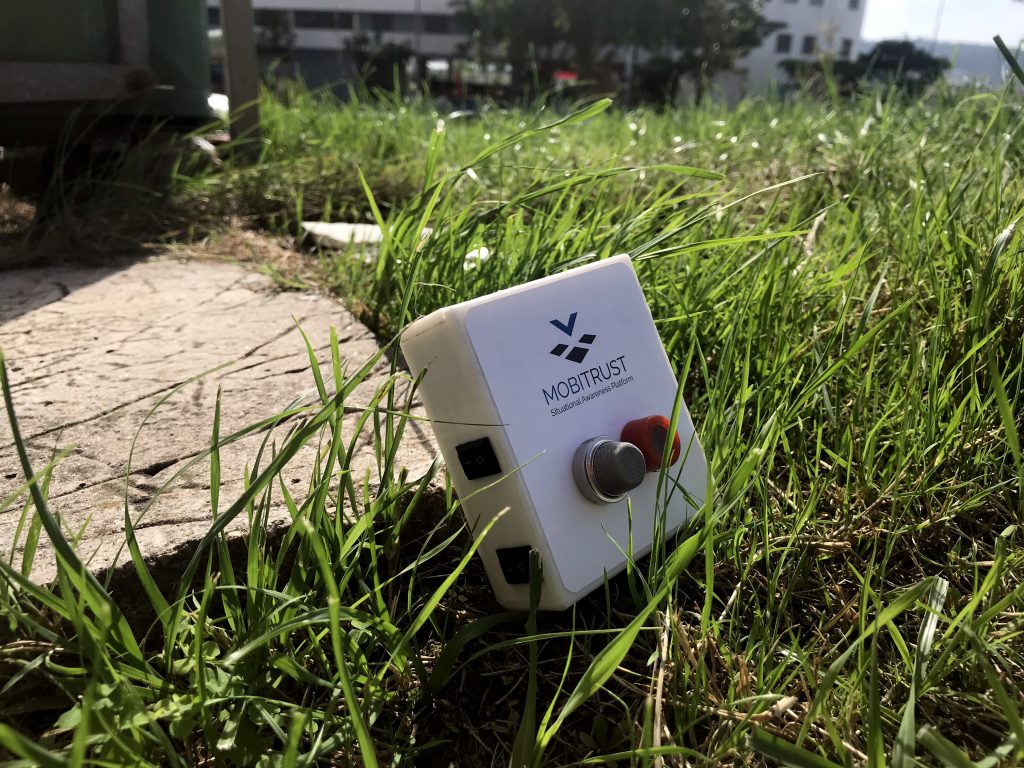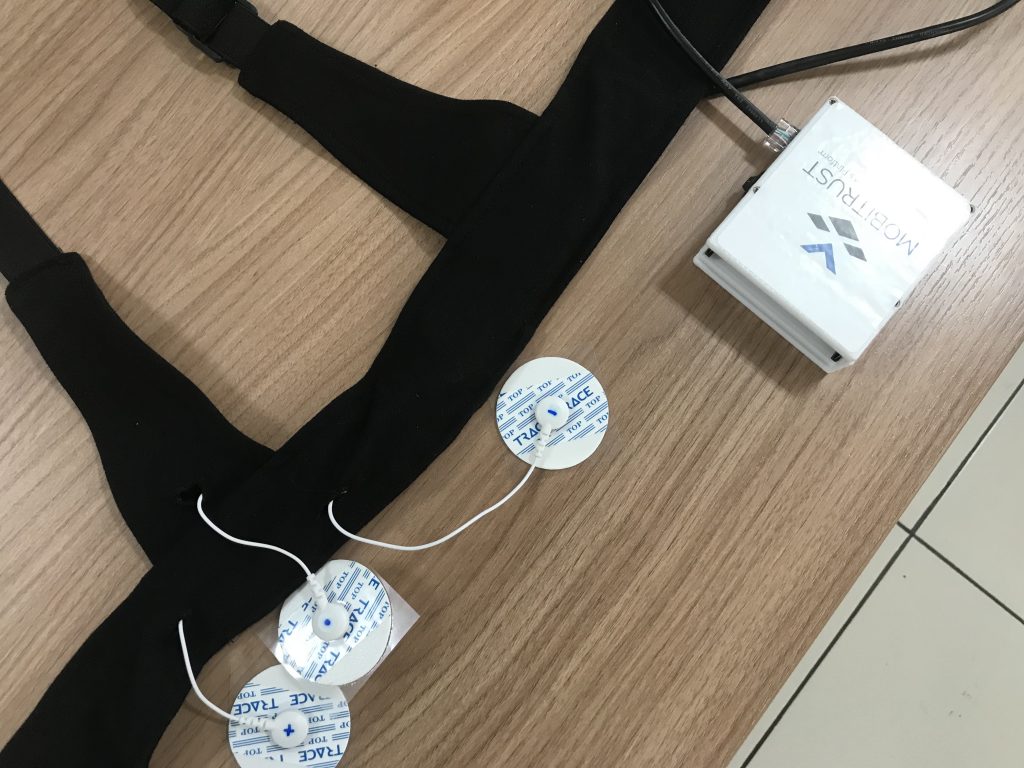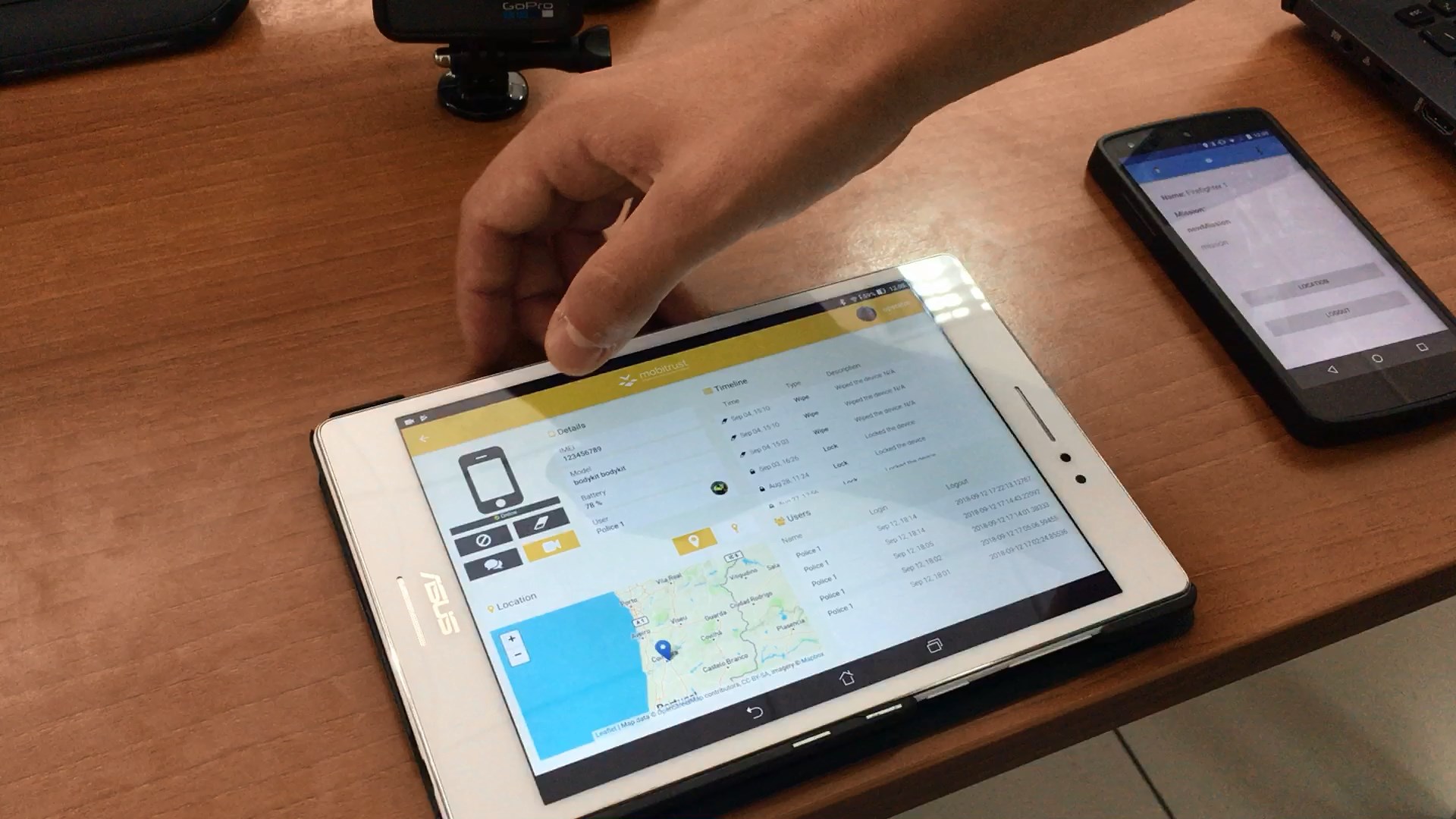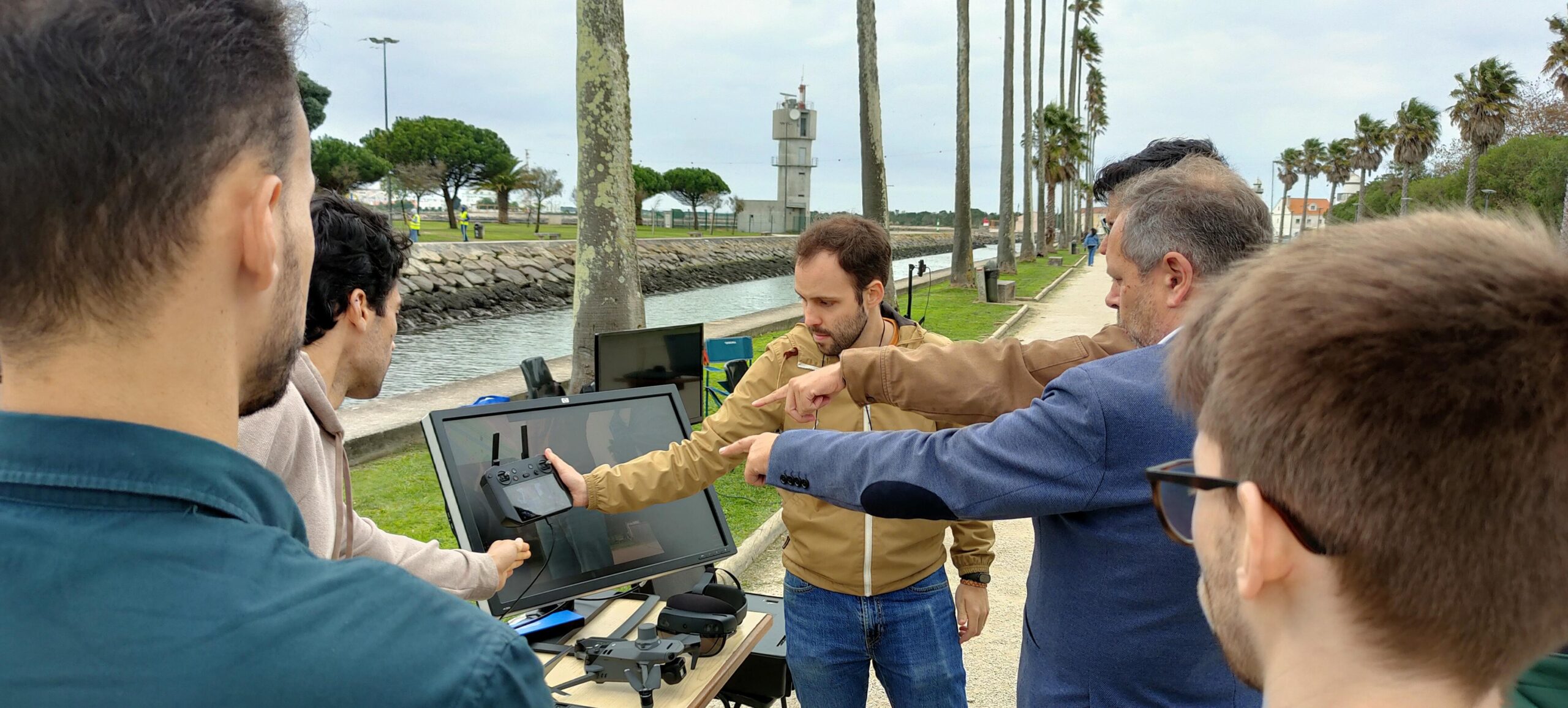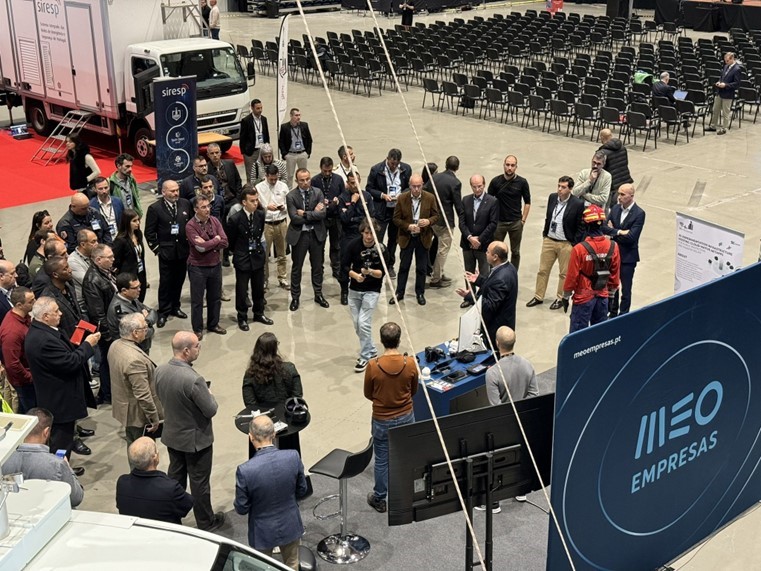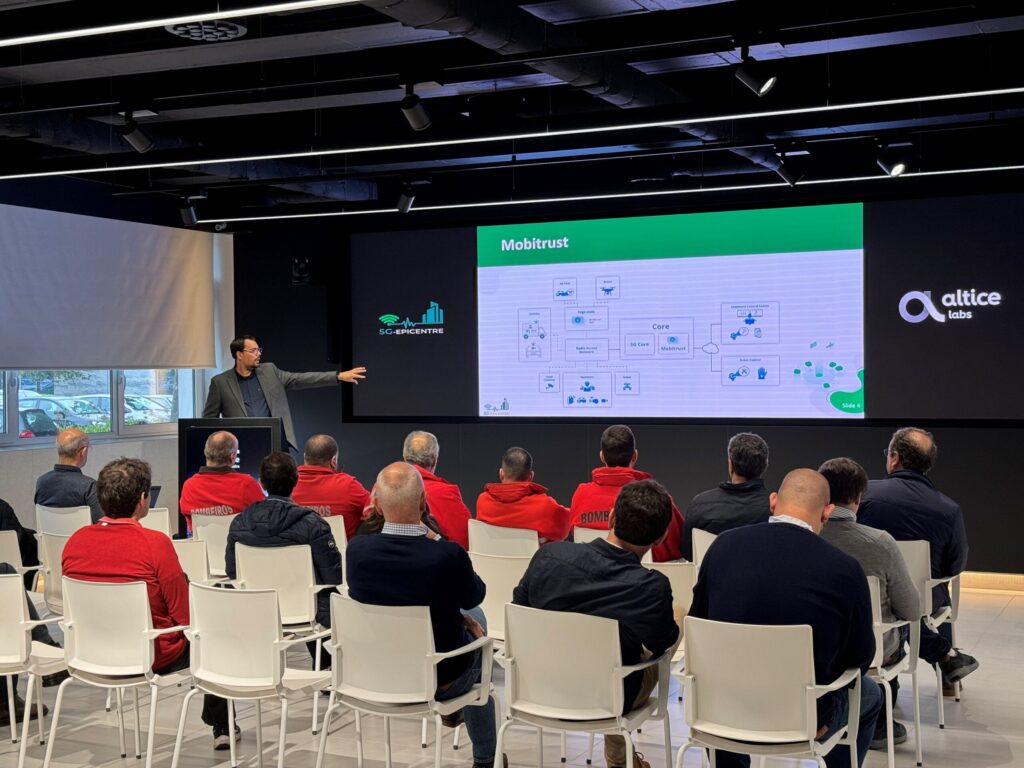OneSource's Mobitrust platform demonstrated at the Altice Portugal simulacrum of 5G communications for public safety scenarios.
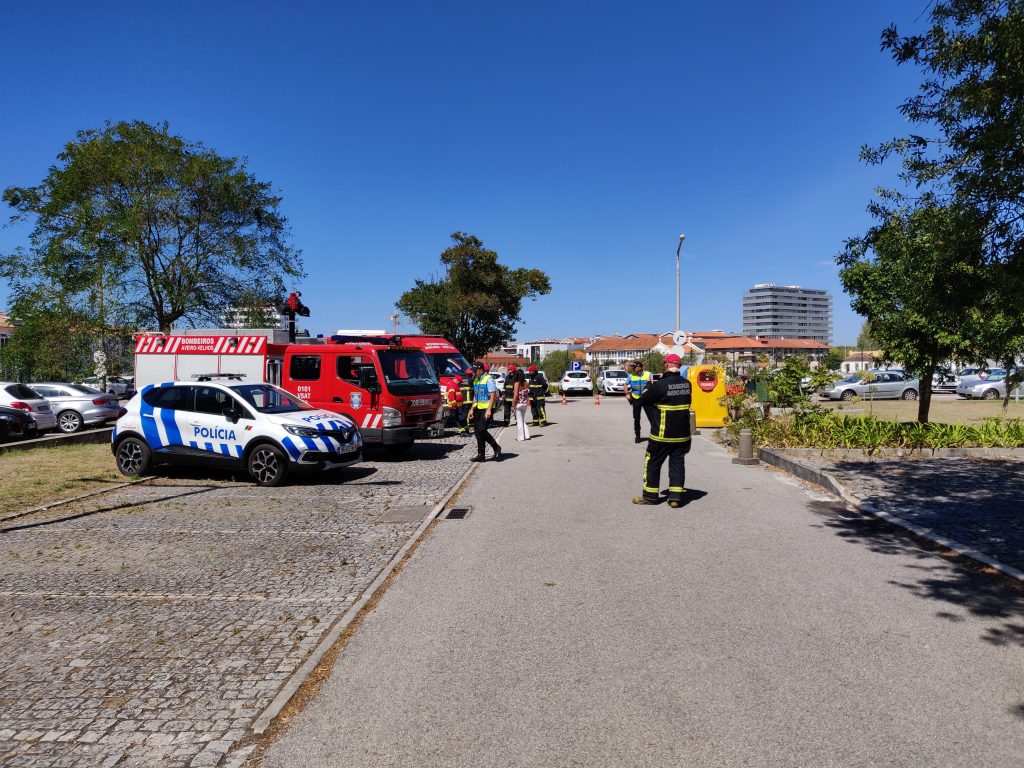
Altice Portugal Demonstrates Real-Time Emergency Response Using 5G Communications and Services
In partnership with Altice Portugal and Ericsson, 5G technology was integrated into the Mobitrust platform. On September 11, 2019, a simulated accident was carried out at Altice Labs in Aveiro (in collaboration with the Municipality of Aveiro, firefighters, and police) to demonstrate the use of 5G in PPDR (Public Protection and Disaster Recovery) environments. The Mobitrust platform played a key role in the exercise, enabling the real-time transmission of video, audio, medical sensors, and environmental data from the operation site to the command and control center.
The goal of the demonstration was to showcase how 5G could enhance emergency response effectiveness in the future by enabling various devices to deliver vital information in real time. For example, a drone can be deployed immediately by public safety authorities once an incident is reported. In addition to capturing live images of the scene, the drone can assist in coordinating the deployment of resources and identifying the fastest route to the location. On the ground, using the Medigraf system, first responders can send the victim’s vital signs in real time, allowing hospitals or emergency coordinators to better tailor the response (e.g., deciding whether to dispatch a medical helicopter or prepare an operating room).
Rescue teams were also equipped with Bodykits developed by OneSource, a partner of Altice Labs in the Mobilizador 5G project. These kits enable real-time monitoring of vital signs of emergency support personnel.
This demonstration highlights the advantages of 5G, especially in PPDR scenarios, due to its low latency, higher bandwidth, and advanced network functionalities.
The demonstration aimed to show how, in the future, 5G could improve emergency response efficiency through real-time vital data collection using various devices. In this simulation, Altice Labs, together with Ericsson and project partners OneSource and PDM&FC — all participants in the P2020 – Mobilizador 5G project led by Altice Labs — provided the technology and equipment used for terrain assessment, vital sign monitoring, operations control, and medical care delivery to victims.
This initiative aligns with the goals of the Aveiro STEAM City project, co-financed by the European Regional Development Fund (ERDF) through the “Urban Innovative Actions” program. Led by the Municipality of Aveiro, the project supports the European Commission’s objectives, already adopted by the Portuguese government, to ensure that at least one city in every EU member state has 5G coverage by 2020. Altice Labs is a key technology partner in this effort.
5G is set to boost innovation in B2B and B2B2C markets, particularly in sectors such as IoT (including critical and industrial IoT), industrial automation, and critical services in health, emergency response, and security — all essential for societal development and productivity.
Read more:
- https://www.dinheirovivo.pt/empresas/como-o-5g-pode-salvar-vidas-altice-fez-simulacro-em-aveiro/
- http://ptinovacao.pt/pt/525-altice-labs-simula-uma-operacao-de-socorro-para-demonstrar-e-testar-potencialidades-do-5g.html
- http://exameinformatica.sapo.pt/noticias/2019-09-11-Altice-fez-simulacro-de-operacao-de-socorro-com-5G-em-Aveiro
